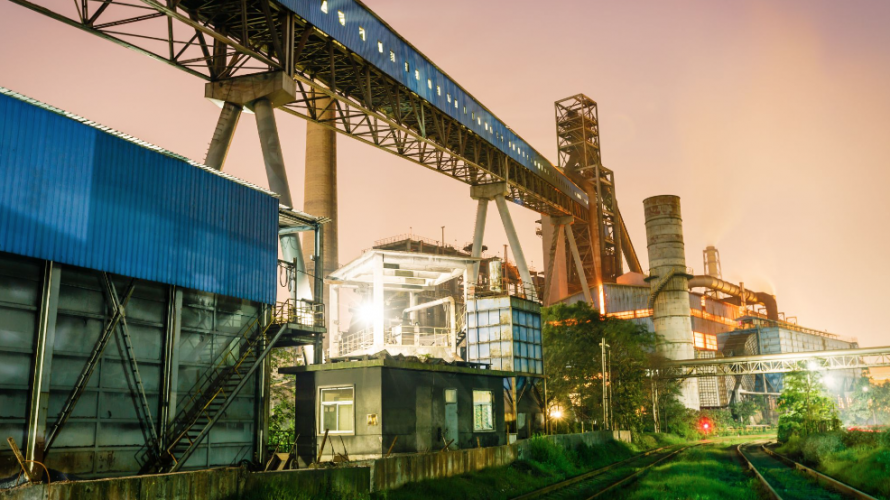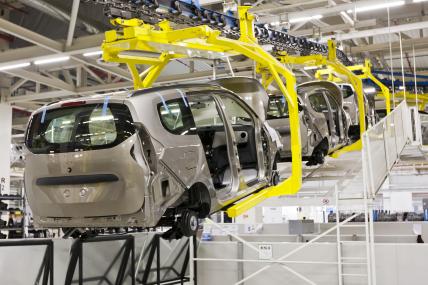It’s not a widely remembered fact, but up until 1910 or so, upwards of 80% of the automobiles on the road in the United States were powered by electricity or steam, not petroleum-derived fuels.
Of course, driven by a significant reduction in the price of motor fuels, combined with the invention of the electric starter and various other innovations, gasoline-powered vehicles quickly became the dominant force that they remain today.
At its peak, the American automobile industry was one of the most significant in the history of humankind. This transformed many areas of the nation’s so-called “Rust Belt.” Cities from Minneapolis through Chicago, Detroit, Cleveland and Pittsburgh – and all the way to Newark – became globally recognized manufacturing centers.
One of these was the Mahoning Valley, a metropolitan area in Northeast Ohio (Mahoning and Trumbell counties) and Western Pennsylvania (Mercer County) – with Youngstown, OH, at its center. Historically, the Mahoning Valley was the largest steel-producing region in the world, which helped it earn the moniker of “Steel Valley.”
However, the steady decline of the U.S. steel industry hit the Mahoning Valley hard, with the shuttering of such landmark steel-manufacturing institutions as Youngstown Sheet and Tube, Jones and Laughlin, and U.S. Steel in the late 1970s setting off decades of hardship. The final nail in the Mahoning Valley’s coffin appeared to be driven in 2019 when General Motors closed its Lordstown Cruze automobile-manufacturing plant.
A New Jolt of Energy
Despite these setbacks, the Mahoning Valley still clings to its roots in automobile manufacturing. Ohio still ranks second only to Michigan in number of jobs dedicated to manufacturing automobile parts and third in the U.S. in the number of motor-vehicle-manufacturing jobs.
Today, though, those jobs are beginning to look a little different than their historical predecessors. With the electric vehicle (EV) market showing some steady growth, the Mahoning Valley has rebranded itself from “Steel Valley” to “Voltage Valley.” Namely, the area has put together a plan to make the Mahoning Valley a research and production center for EVs that will combine its steel-making past with emerging EV technologies, including the rechargeable batteries that are the foundation of an EV’s operation.
To aid this Voltage Valley initiative, on Sept. 16, Ohio Congressman Tim Ryan announced $100,000 in federal funds to create a regional strategic plan for green industrial manufacturing in the Mahoning Valley. Specifically, $50,000 apiece will go to Youngstown’s Eastgate Regional Council of Governments for its “Voltage Valley Entrepreneurial Ecosystem – Regionalization Study” and the City of Struthers, OH, for its “Reimaging Struthers” program.
“These projects are great examples of how government can work to bolster efforts on the ground in our community to dominate in the clean energy economy,” said Rep. Ryan in announcing the aid grants. “The green energy industry is not only a major key to reigniting American competitiveness, but also to reigniting our workforce here in Northeast Ohio.”
While the Mahoning Valley had fallen on hard times, this new, targeted focus on the growing EV-manufacturing market has given the region a jolt of energy and given rise to hopes that one day soon that the name “Voltage Valley” will carry as much cachet in the motor-vehicle-manufacturing world as “Steel Valley” once did.
What are your thoughts on this shift of industrial efforts? Will we see other areas of the Rust Belt attempt to rebrand as EV hotspots? Reach out to Inspire Advanced Transportation and let us know.






